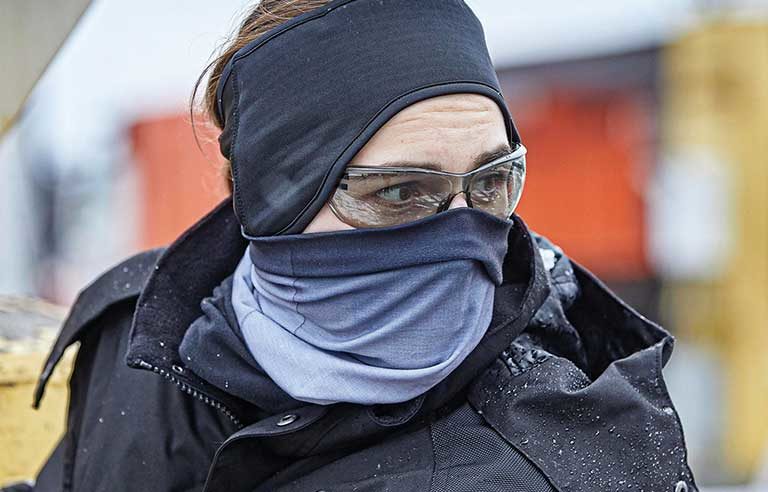The importance of wearing eye protection
Considering safety glasses are mandated on many jobsites, what are the primary reasons workers still don’t wear protective eyewear and what can I do about it?

Responding is Tim Gallant, product director, Ergodyne, St. Paul, MN.
Each day, about 2,000 U.S. workers suffer eye injuries that require medical treatment, making these injuries the most common type reported on jobsites. Eye injuries can lead to lifelong visual impairment and upward of $300 million a year in lost production time, medical expenses and workers’ compensation costs. Given the commonality of eye protection requirements across industries, it’s clear this isn’t an issue of awareness, but of compliance.
Despite knowledge of the risk, workers continue to willingly endanger themselves by removing protective eyewear on the job. Why? More often than not, it’s a combination of low-quality fit, performance and style.
Fit: Glasses that are too loose or pinch aren’t only uncomfortable, they’re distracting. Glasses that fit properly are less likely to require frequent adjusting and, thus, are more likely to be worn. Beyond a more naturally comfortable design, employers can also look for features such as removable temples or elastic bands to enable a more adjustable fit on different head sizes.
Performance: Glasses with poor optical quality will certainly interfere with work. Pausing to constantly wipe away fog in humid environments can be a huge distraction, and scratches, glare and optical distortions can limit effective vision. Higher quality protective eyewear exceeds safety minimums by offering productivity-enhancing features and upgrades, such as scratch resistance, anti-fog technology and polarized lenses that reduce glare – with the best lenses offering many simultaneously.
Style: Whether we like it or not, cool drives compliance. And many traditional safety glasses look, well, just plain silly. Pay attention to whether workers continue to wear glasses in locations where they’re not required or if they remove them as soon as possible. If a different frame style, color or lens choice makes someone feel better about wearing safety glasses, it can turn from something they have to wear to something they want to wear.
By supplying higher quality eyewear, employers can remedy these three common excuses. Rather than considering only the cost to achieve minimal compliance, employers should consider the financial impact of injuries that occur when workers toss aside low-quality personal protective equipment. Investing beyond the minimum shows commitment to quality, safety and the value of workers.
Employers also shouldn’t overlook the importance of the “personal” part of PPE. Consider the difference in attitude toward disposable, single-use visitor glasses and a pair of stylish high-quality safety glasses issued to an employee with a case, lanyard and cleaning accessories. Most workers will understand their responsibility to maintain them. When safety glasses are both stylish and safe, workers feel good and remain protected.
Editor's note: This article represents the independent views of the author and should not be construed as a National Safety Council endorsement.
Post a comment to this article
Safety+Health welcomes comments that promote respectful dialogue. Please stay on topic. Comments that contain personal attacks, profanity or abusive language – or those aggressively promoting products or services – will be removed. We reserve the right to determine which comments violate our comment policy. (Anonymous comments are welcome; merely skip the “name” field in the comment box. An email address is required but will not be included with your comment.)

